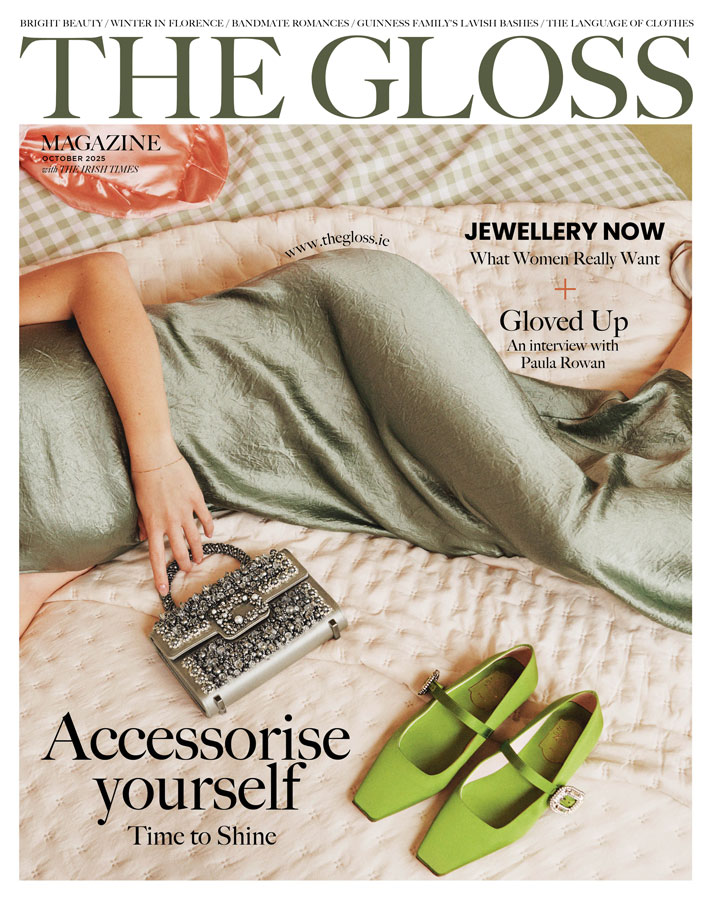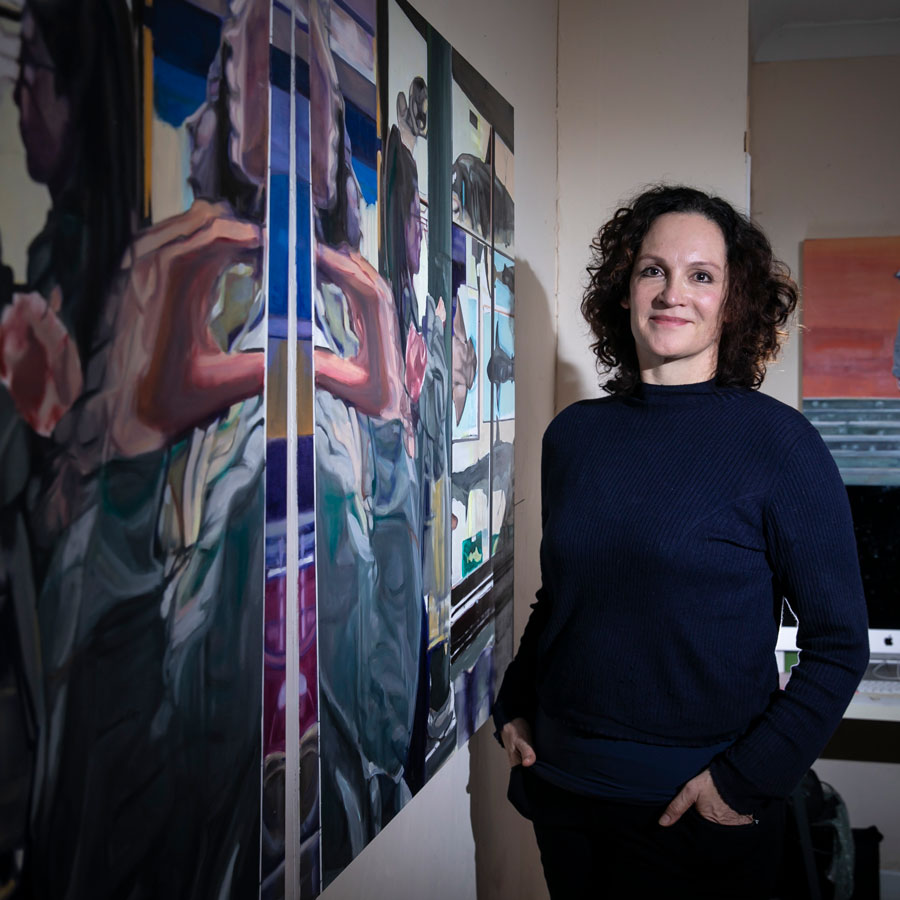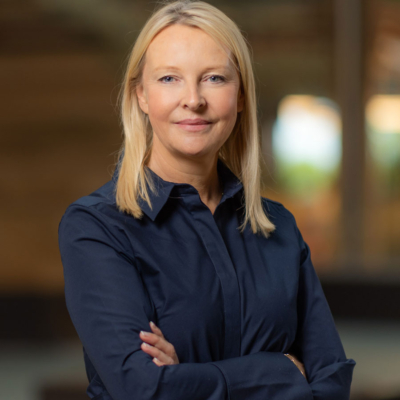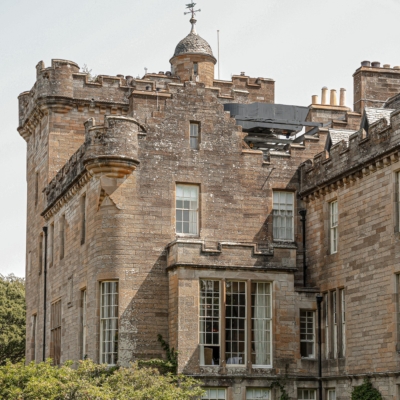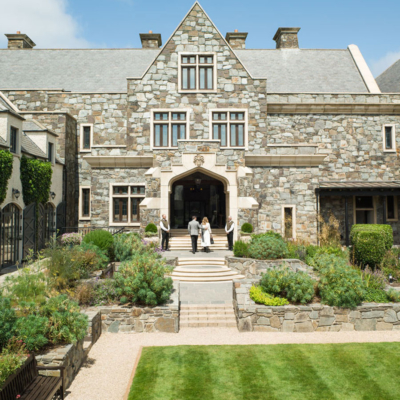Dominique Crowley’s new exhibition, Monstrorum, is set in a fictional museum space and presents an alternative natural history …
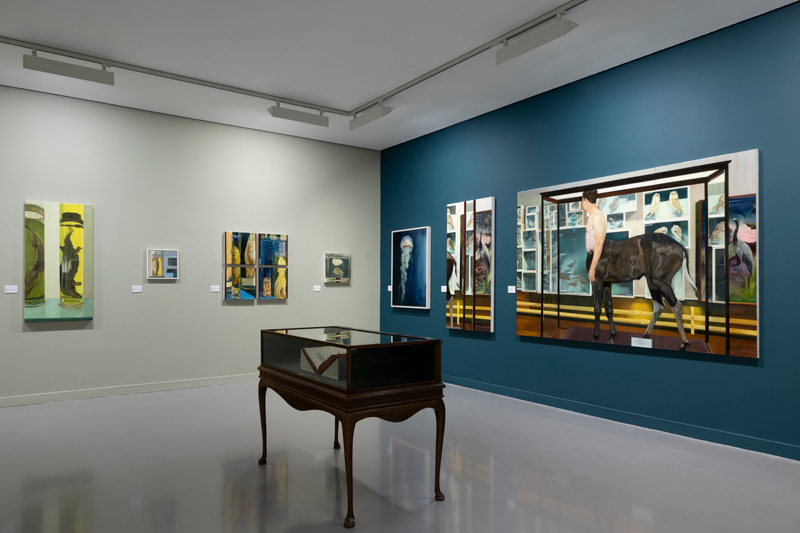
How did your artistic career begin?
My mum, Vicki Crowley, is an artist and educator and, growing up in Galway, we were always surrounded by art and creative activities. As a teenager, I used to help her run children’s art classes. Although I loved it, and studied art throughout school, I always wanted to study medicine and any thoughts of art were put on hold while in college and later when practising. Art history remained an interest and I enjoyed visiting museums and galleries at home and abroad, particularly in London, where my husband and I trained and worked for several years. Moving to Canada on sabbatical in 2014 was a chance to do the reverse and put medicine on hold while studying for a BFA in Ontario College of Art and Design University (OCADU). It was a wonderful experience and gave me the confidence to keep going and pursue art as a career.
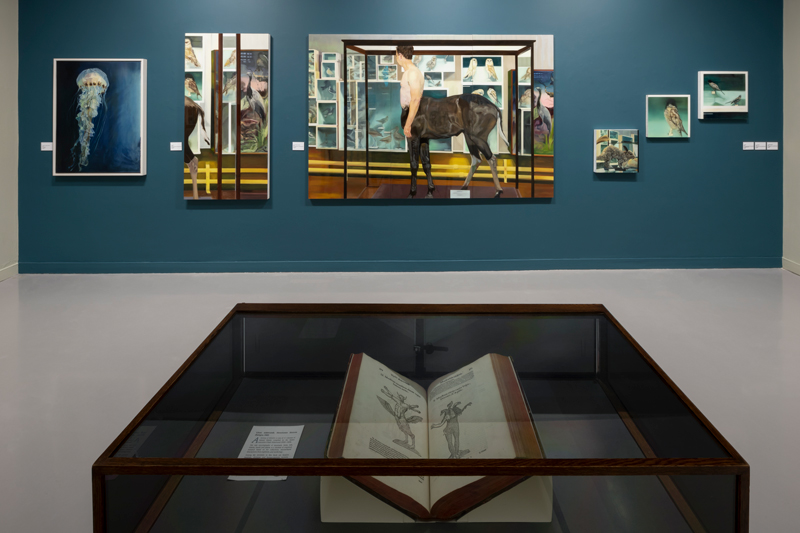
How and where do you work?
I work mostly from a studio I share with artist Val Bresnihan in Pallas Studios in the Coombe. I feel lucky to have a space as they are hard to find among a dwindling supply across the city.
My practice is mainly figurative painting and mainly in oils. I have been using resin on top which requires a rigid painting surface. As I make these myself, I can make them any size and have been working on some large-scale paintings, some of which are in my show Monstrorum in the RHA.
I tend to start my paintings with a drawing, in paint, using my own photos for reference. I also like making digital collage and retaining aspects of that digital process in the work.
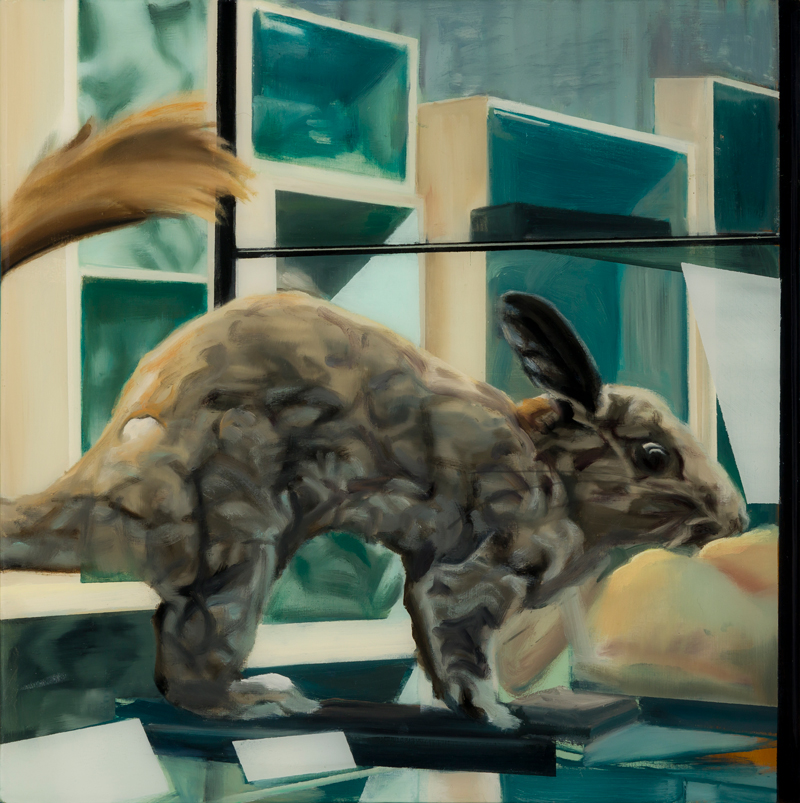
How has your work evolved and what have been your most recurring themes?
I expect my work to continue to evolve, possibly in different directions. Like most, ideas that occupy my thoughts are ones that seem to pop up in my work. As a public health physician, I was involved in a country-wide network of specialists who tackled population level risks and exposures linked to the environment. When I turned to a career in art I couldn’t see how this knowledge might translate into my practice. Then, while studying for an MFA in Art in the Contemporary World, in NCAD, I realised that I continued to be interested in the same things but from a different direction and perspective.
I am interested in art as a means of embodying or giving form to ways of thinking about the world and to using art to identify and reflect on the right questions. Historically, art has always had elements that are provocative and often radical. This is no surprise as creative thinking is what is required to imagine alternative ways of being in the world and may help in thinking through the crises we collectively face. Although I am not radical, these ideas have become a thread that runs through my work.
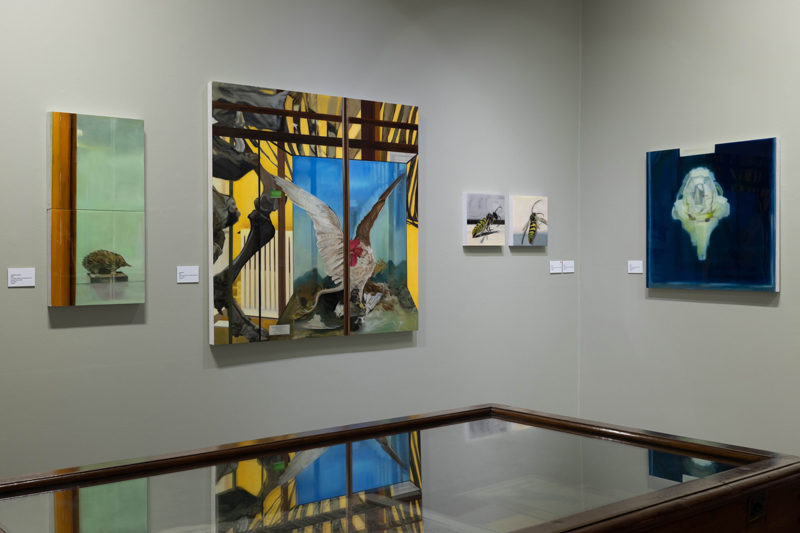
What was the inspiration for your current exhibition “Monstrorum”?
I wanted to look at some of the origins of our relationship with nature as a way of laying bare the drivers of scientific discovery. I came across Ulisse Aldrovandi, considered a father of natural science, who lived in Bologna in the late 16th century. He dedicated his life to describing the natural world. Exploration had extended the horizon of what could be discovered and the possibilities looked endless. I was really struck by this idea of being open to possibilities. We are lucky in Dublin to have two extensive collections of his works – The Edward Worth library in Dr Steeven’s Hospital and Marsh’s Library. Jason McElligott, the Director of Marsh’s Library, kindly gave me access to these books. I was also awarded funding through their Maddock Research Fellowship. Being able to read through these books was an incredible experience and allowed me to imagine the conditions in which they were created. With Arts Council Agility Award funding I also went to Bologna and visited the museum dedicated to his work and his collection of specimens which is the oldest of its kind in existence.
The inspiration for Monstrorum was Aldrovandi’s book Monstrorum Historiae which is a collation of descriptions and illustrations of different creatures, living and fantastical that appear in his encyclopaedias. My exhibition is a look at what a museum might look like if some of his creatures had existed. It is an exercise in the possibilities on the other side of discovery.
You have worked with Curator paints for this exhibition; how did your work influence your choices?
Curator paints have generously sponsored a series of exhibitions in the Ashford Gallery. I got to pick any colours I wanted which was good fun. The paint is beautiful and richly saturated. I think several choices would have worked in the space but I chose to have a dark wall (Curator’s Freehand) at the far end of the space which picked out the deep blues and greens in the Centaur series. This colour also worked to enliven the warmer skin tones in the work, which I felt was important for creating a point of tension when viewing the work. The Natural History Museum has an iconic yellow on its walls which I thought of using but decided to avoid as many of my paintings are highly colourful and best set against a more muted neutral tone (Curator’s Dense Fog).
Need to Know: Dominique Crowley’s exhibition “Monstrorum” runs until February 11 in the RHA Ashford Gallery sponsored by CURATOR Paints, 15 Ely Place, Dublin 2; www.rhagallery.ie.




